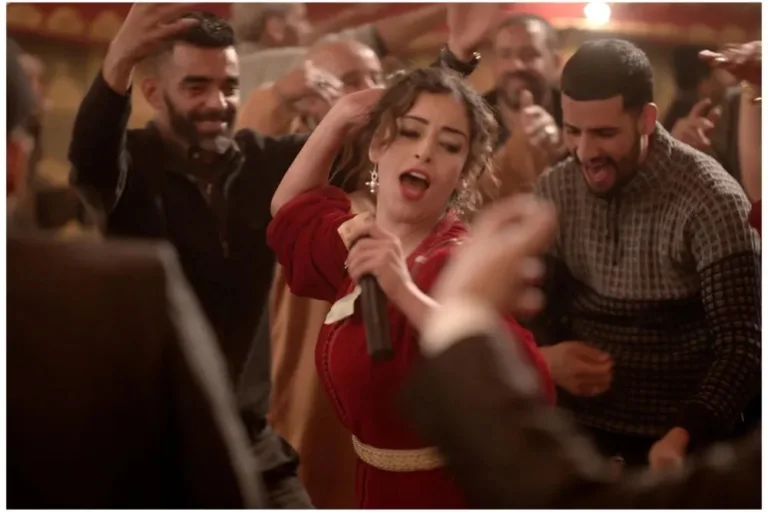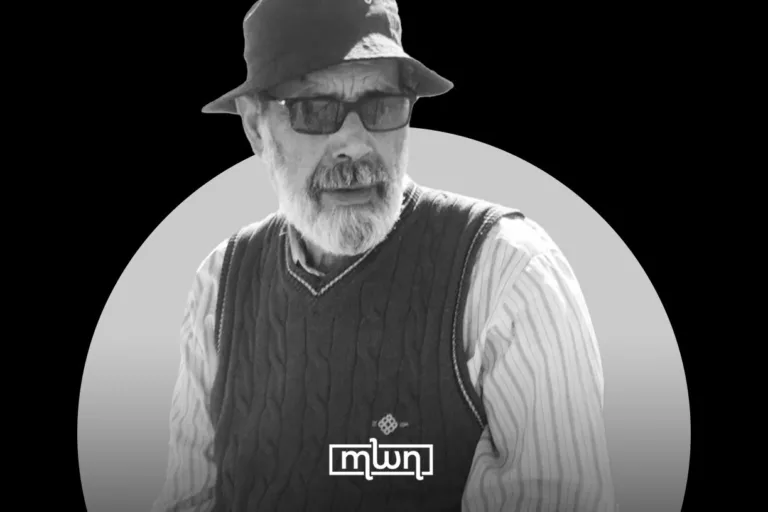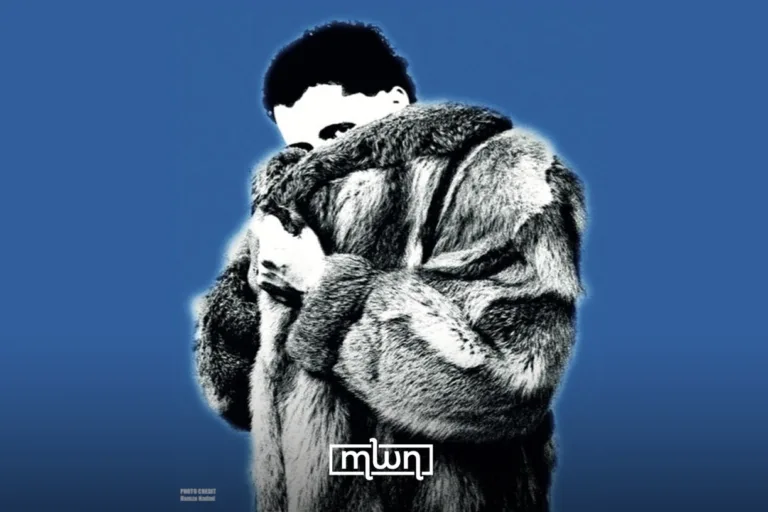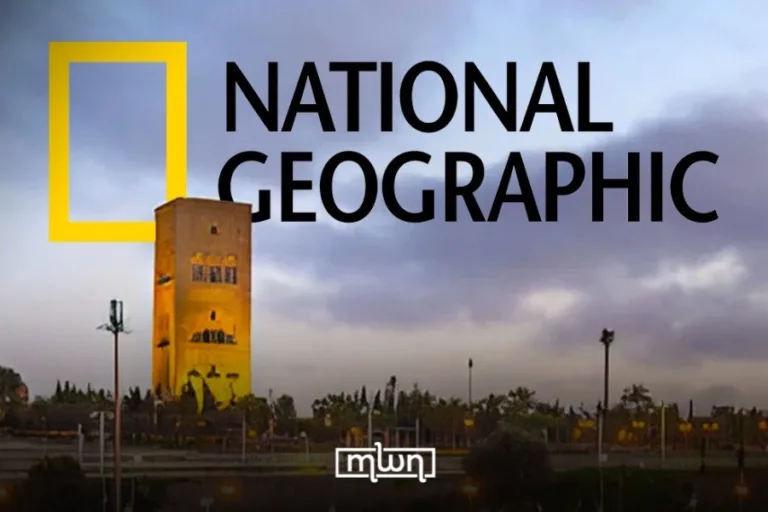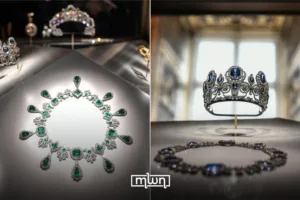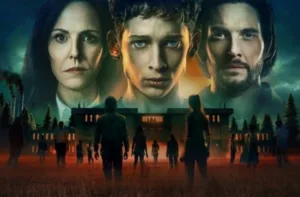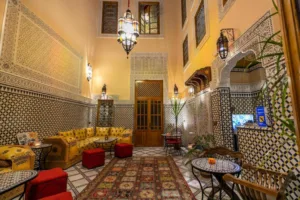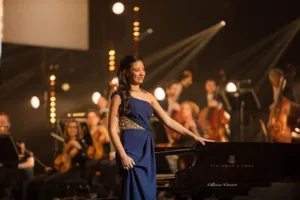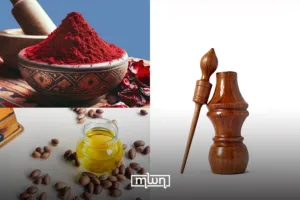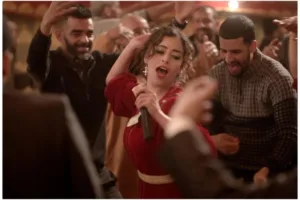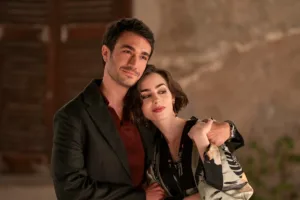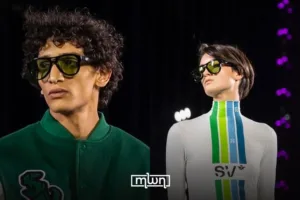What’s better than completing your first fast? A full-on traditional makeover to celebrate it.
Fez – Though Laylat Al Qadr’s exact date remains elusive, it is widely believed to fall within the last ten nights of Ramadan specifically the 27th night of Ramadan.
The night is treated with a spiritual significance as families come together for prayers and celebration with some Moroccan traditional dishes like chicken with fries or “rfissa”.
Within these celebrations, kids are the main characters of the day. Although children are not allowed to fast, many of them do during that day.
Morocco is preparing on Thursday night to celebrate the 27th night of Ramadan, which in the North African country is no low-key affair.
In addition to the religious significance, it is a full-blown celebration honoring Morocco’s little ones.
Streets and squares transform into festive spaces where young fasters are celebrated in a grand, open-air ceremony.
Picture it as a traditional Moroccan wedding, but instead of brides and grooms, it’s children marking their first-ever fast.
Families honor their little fasters both at home and in public gatherings. The real spectacle, though, happens in the hands of the “negafat”: the traditional beauticians.
Young girls are dressed by their mothers in stunning traditional outfits, complete with jewelry and henna designs, all inside beautifully decorated salons.
For these young fasters, choosing an outfit is a big deal. The “negafa” offers a dazzling array of styles; Rabat elegance, Fassi sophistication, Amazigh charm, Eastern glamour, or Saharan royalty.
Every region in Morocco has its own unique fashion and ornaments, making the selection process an exciting cultural journey.
The experience is complete with a full makeover, a henna session, and, of course, a professional photoshoot to immortalize the moment.
This tradition is more than just dressing up, it’s about heritage, pride, and encouragement. Celebrating young fasters around the days on which Laylat al-Qadr is predicted to fall is an ancient Moroccan tradition.
It’s a way to honor them and introduce them to our cultural customs, just as our grandmothers did for us.
They use traditional wedding props like the “amariya” (a bridal carriage for grand entrances), the “berza” (a ceremonial green seat for henna night), and even a throne-like royal chair.
Everything is designed to make the child feel special, as if they were the star of the night.
For Moroccan families, a child’s first fast is a milestone worth celebrating. Many kids start young, easing into fasting with a “stitched-day” approach: fasting only half a day at first, then progressing to full days when they’re ready.
When they finally complete their first full fast, it’s a huge moment, met with family applause, a special meal, and a seat of honor at the iftar table.
But the real treat comes after iftar, when parents take their little fasters to the negafat for their grand transformation.
The final touch? A set of photos that will later become a cherished memory, a snapshot of their very first Ramadan challenge, captured forever.
In Morocco, the first fast is not only a personal achievement, it’s a community affair, a heritage-rich tradition, and, above all, a moment of pure joy for those kids and their parents.
Read also: Five Things That Make Morocco’s People Truly Special


